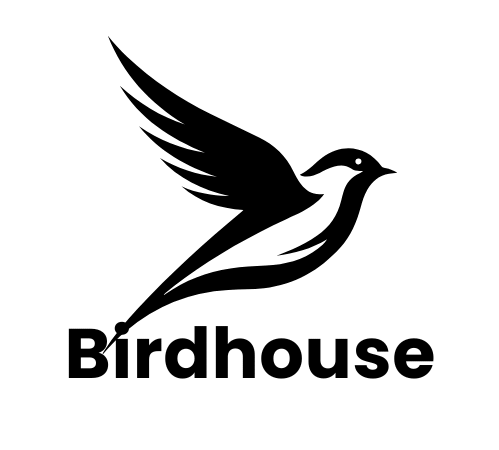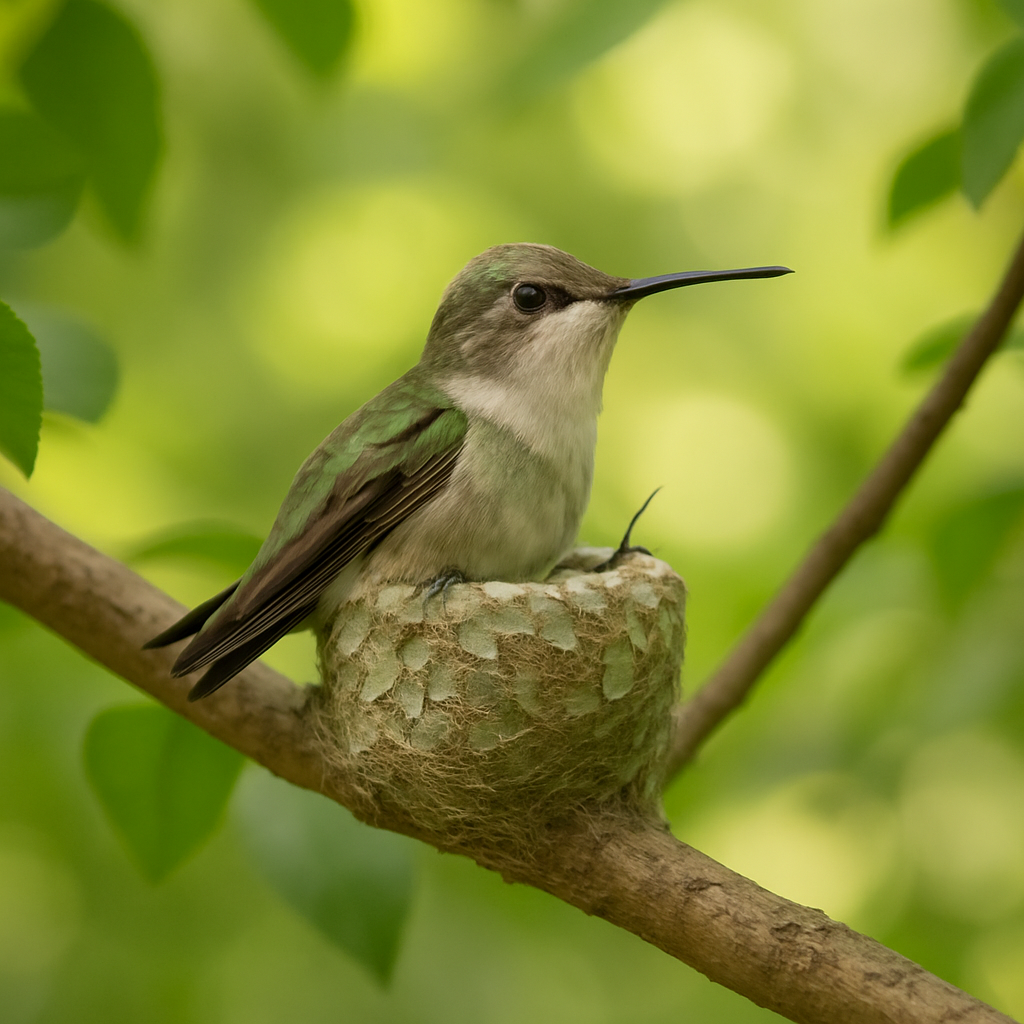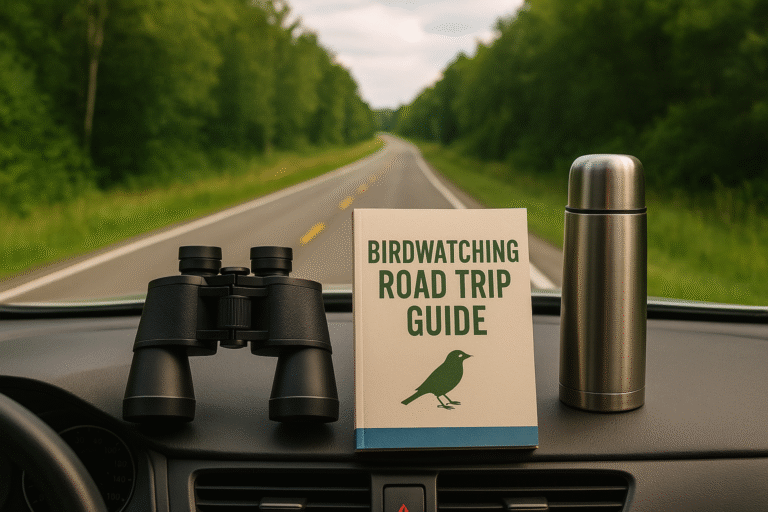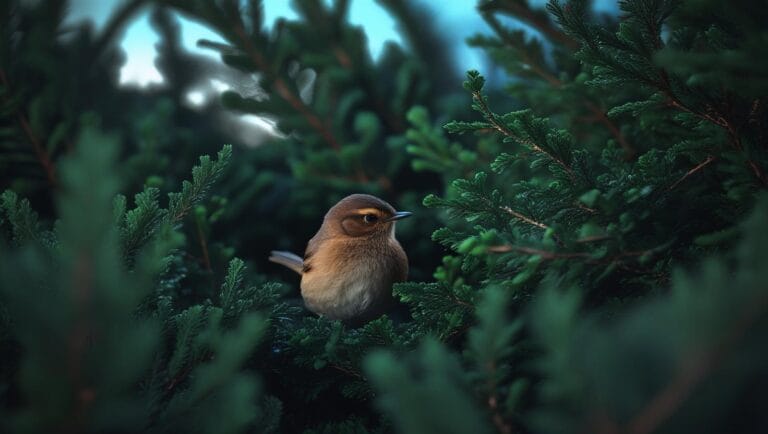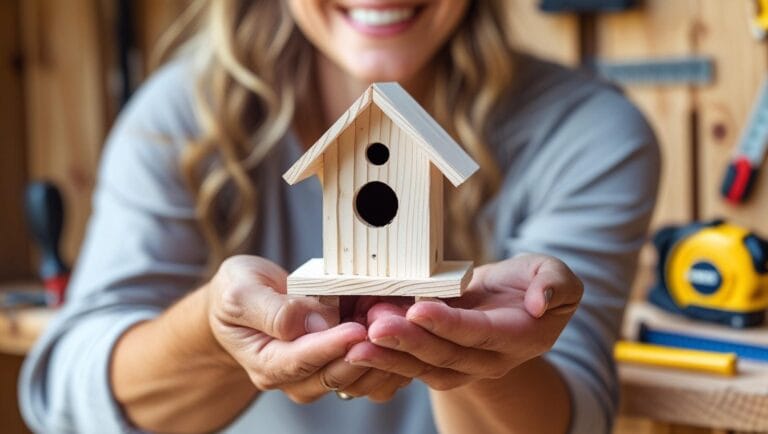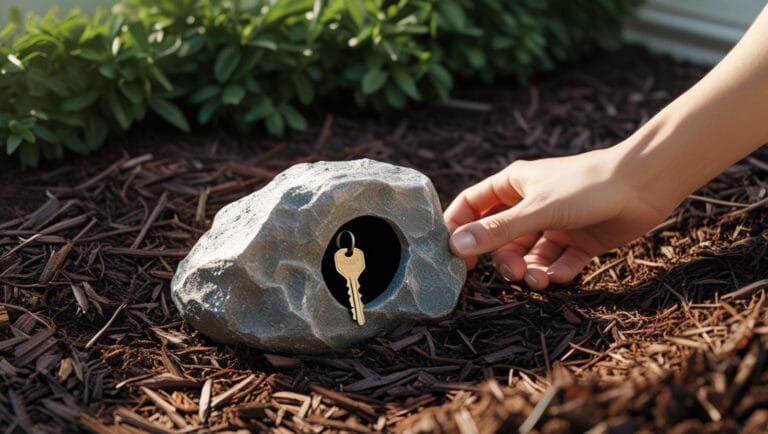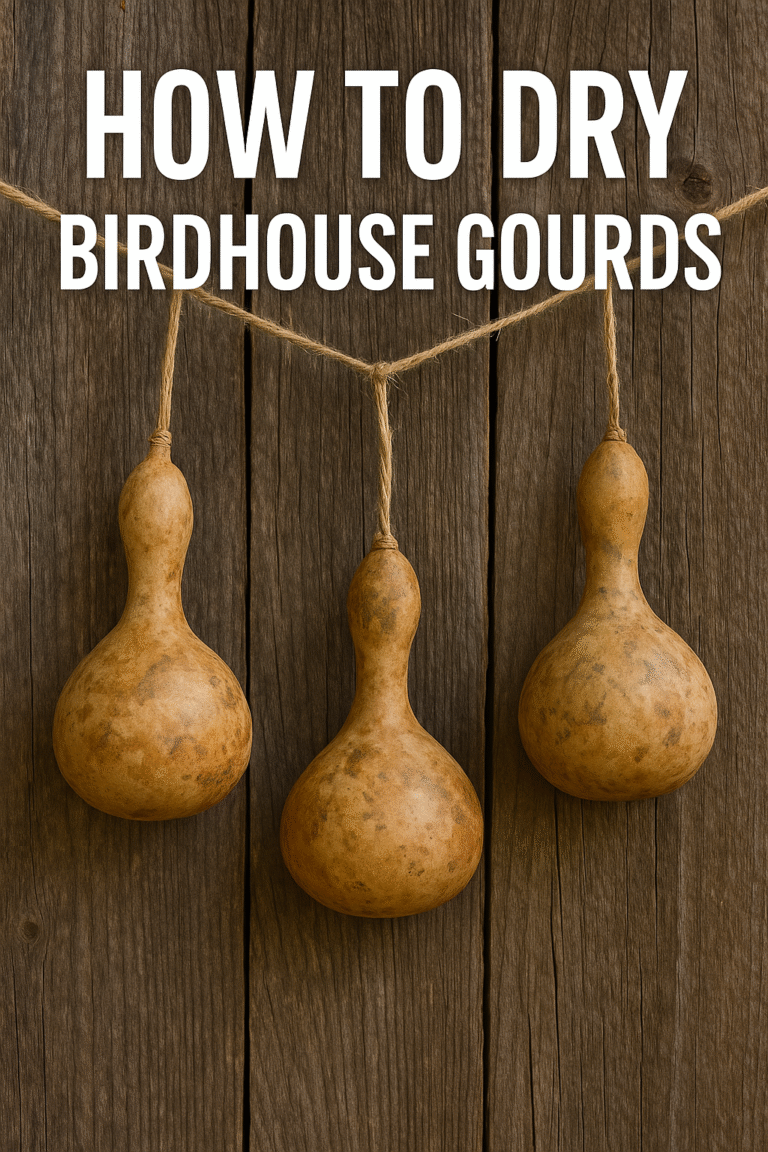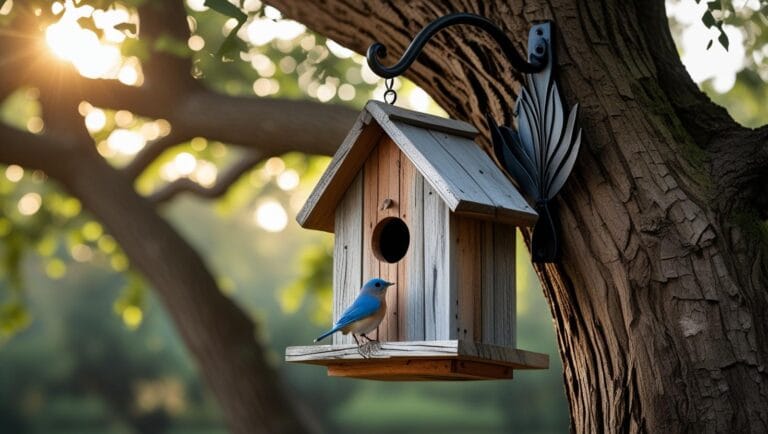Short Answer: Will Hummingbirds Nest in a Birdhouse? Hummingbirds almost never nest in traditional birdhouses. They prefer small, well-hidden natural sites such as tree branches, shrubs, or man-made hanging cups specifically designed for their tiny nests. However, you can create hummingbird-friendly spaces in your garden with specially designed hummingbird nesting platforms or cozy, shaded areas.
Hummingbirds are among the most fascinating and delicate backyard visitors. Their iridescent colors, rapid wing beats, and tiny size make them a favorite of birdwatchers and gardeners alike. Many people wonder if these small birds can be encouraged to nest in a standard birdhouse, as is common with wrens, bluebirds, or chickadees. Understanding the natural habits and nesting preferences of hummingbirds is key to providing them with suitable nesting sites and ensuring a safe environment for their young.
This guide explores everything you need to know about whether hummingbirds will nest in a birdhouse, alternative ways to attract them, the types of nesting sites they prefer, and how to create a backyard environment that supports these tiny aerial wonders. By learning these behaviors, gardeners can enjoy close-up observations while helping hummingbirds thrive.
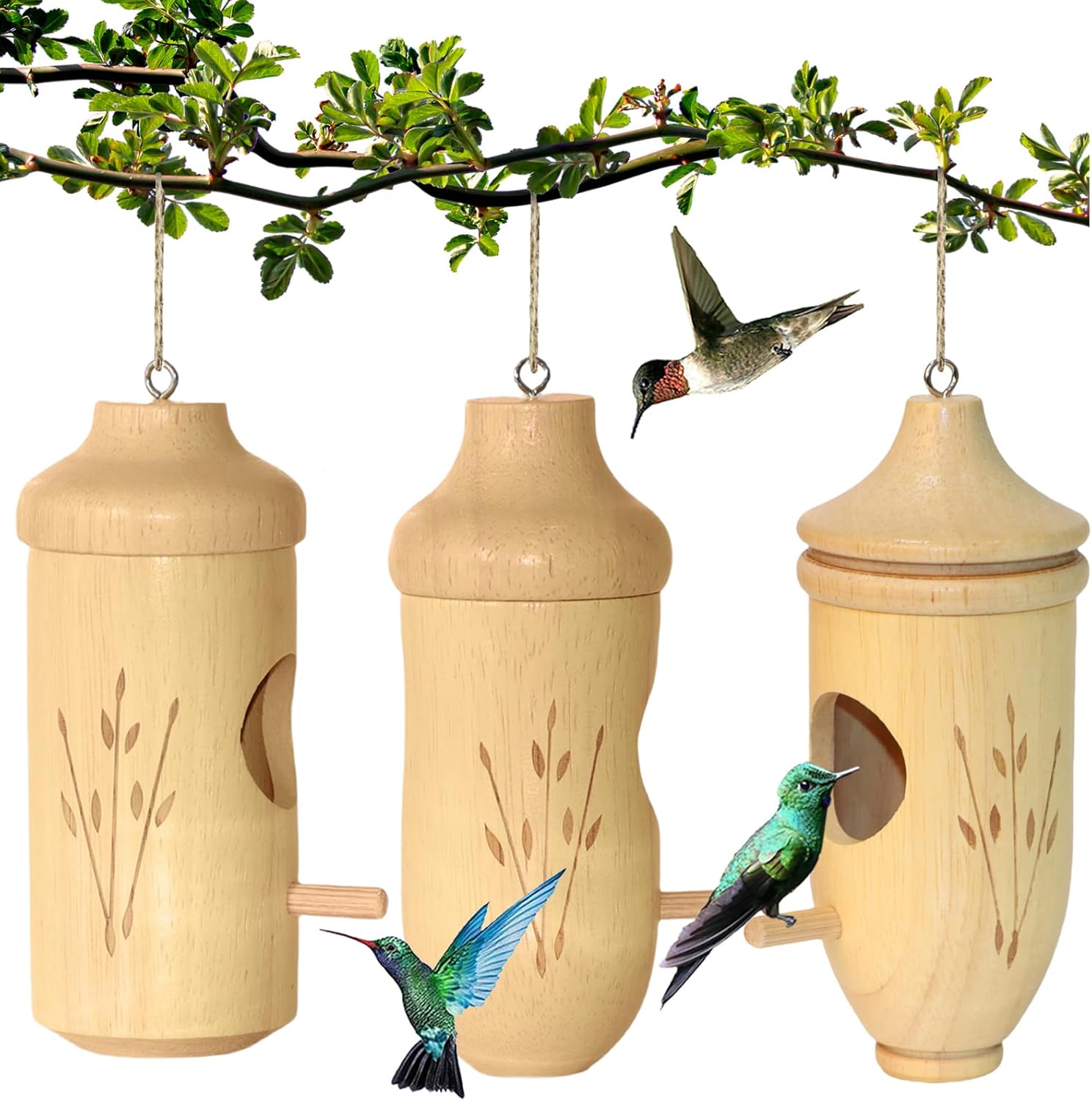
Hummingbird House – Natural Wooden Hummingbird Houses for Outside Hanging, Gardening Gifts Home Decoration 3 Packs
Check Price
2 Pack Hummingbird House, Window View Wooden Bird Houses for Outside Hummingbird Houses for Nesting
Check PriceHummingbird Nesting Habits
Hummingbirds are solitary nesters, meaning they do not live in colonies or return to communal birdhouses. Most species prefer natural sites like slender tree branches, hidden shrubs, or vines, typically 6–15 feet above the ground. Female hummingbirds build tiny cup-shaped nests out of plant fibers, downy materials, and spider silk, which allows the nest to stretch as the chicks grow.
Unlike cavity-nesting birds, hummingbirds avoid enclosed birdhouses. They prioritize safety, concealment, and proximity to abundant nectar sources. Therefore, if you hang a regular wooden birdhouse in your yard, it is extremely unlikely that a hummingbird will use it. Instead, the focus should be on providing natural or specialized structures that mimic their ideal conditions.
Can Hummingbirds Use Man-Made Birdhouses?
Traditional wooden or plastic birdhouses are generally unsuitable for hummingbirds. These houses are designed for cavity nesters with different behaviors and needs, offering too much enclosure and often lacking adequate ventilation or the correct size for hummingbird nests. In addition, standard birdhouses may expose hummingbirds to predators because they are often mounted in open areas rather than hidden spots.
However, specialized hummingbird nesting cups or small, shaded platforms can encourage nesting. These platforms are designed to allow female hummingbirds to attach their nests securely while remaining hidden from predators and protected from harsh weather. By carefully selecting the right materials and placement, gardeners can increase the likelihood of hummingbirds nesting nearby.
Alternative Ways to Attract Hummingbirds

Hummingbird House – Natural Wooden Hummingbird Houses for Outside Hanging, Gardening Gifts Home Decoration 3 Packs
Check Price
2 Pack Hummingbird House, Window View Wooden Bird Houses for Outside Hummingbird Houses for Nesting
Check PriceEven if traditional birdhouses are unsuitable, there are many effective ways to attract hummingbirds and support their nesting in your garden:
Nectar Feeders

Colorful nectar feeders mimic flowers and provide energy-rich food for adult hummingbirds. Placing feeders near potential nesting areas encourages females to linger, which increases the chances of nearby nesting.
Native Flower Gardens

Planting native, nectar-rich flowers is one of the best ways to attract hummingbirds naturally. Tubular flowers in red, orange, or pink shades are particularly effective. These plants also provide cover and materials for nest-building.
Small Shrubs and Trees
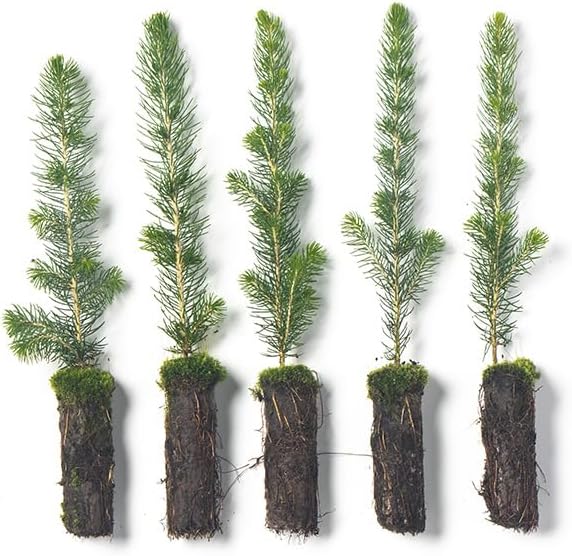
Providing small shrubs or trees near nectar sources creates the perfect combination of food, shelter, and nesting support. Female hummingbirds often attach nests to thin branches concealed among leaves.
Water Features

Gentle water sources, such as misters or shallow birdbaths, attract hummingbirds for drinking and bathing. Moving water can also provide additional visual interest and encourage birds to explore your yard.
By combining food, shelter, and safe nesting spots, you create an inviting environment that encourages hummingbirds to settle nearby, even without traditional birdhouses.
Tips for Hummingbird-Friendly Nesting Sites
- Keep it shaded: Direct sun can overheat the nest, so partial shade is preferable.
- Provide protection from predators: Avoid areas where cats or large birds can easily reach nests.
- Place near nectar sources: Hummingbirds prefer nests close to reliable food.
- Use natural materials: Twigs, moss, and vines make the site feel safe and familiar.
- Minimize disturbance: Avoid frequent visits to nesting areas, as female hummingbirds may abandon nests if disturbed.
These strategies balance accessibility for observation with the safety and comfort of the birds.
Pros and Cons of Encouraging Hummingbirds in Your Yard
Pros
- Close-up birdwatching opportunities: Hummingbirds are highly active and fascinating to observe.
- Pollination support: Attracting hummingbirds helps native plants reproduce.
- Natural pest control: Hummingbirds feed on small insects while drinking nectar.
- Educational value: Observing nesting behaviors can teach about wildlife and ecology.
Cons
- Nesting is delicate: Female hummingbirds are sensitive to disturbance and may abandon nests.
- Predation risk: Improper placement of feeders or platforms can expose birds to predators.
- Maintenance required: Feeders need regular cleaning to prevent mold and bacteria.
- Limited nesting control: Even with the right environment, hummingbirds may choose natural sites elsewhere.
Frequently Asked Questions

Hummingbird House – Natural Wooden Hummingbird Houses for Outside Hanging, Gardening Gifts Home Decoration 3 Packs
Check Price
2 Pack Hummingbird House, Window View Wooden Bird Houses for Outside Hummingbird Houses for Nesting
Check PriceCan hummingbirds be trained to use a birdhouse?
No, hummingbirds are instinctively selective about nesting locations. Standard birdhouses are rarely used.
When is hummingbird nesting season?
It varies by region, but typically spring to early summer. Females build nests, lay eggs, and care for chicks during this period.
How far apart should nesting sites be?
Hummingbirds are territorial, so nests should be spaced far enough apart to reduce competition and aggression, generally 20–30 feet or more.
Do male hummingbirds help build nests?
No, female hummingbirds are solely responsible for nest construction, incubation, and feeding of chicks.
How can I attract hummingbirds without a nest box?
Plant nectar-rich flowers, provide clean feeders, offer water, and create safe, shaded areas for perching and nesting.
Conclusion
While traditional birdhouses are not suitable for hummingbirds, you can still create a hummingbird-friendly backyard that encourages nesting. By providing food sources, safe and shaded areas, and natural materials for nest construction, gardeners can enjoy these incredible birds up close.
Understanding the species’ preferences ensures that your yard supports their health, safety, and reproductive success. With patience, observation, and careful planning, you can transform your outdoor space into a haven for hummingbirds while learning more about their fascinating behaviors.
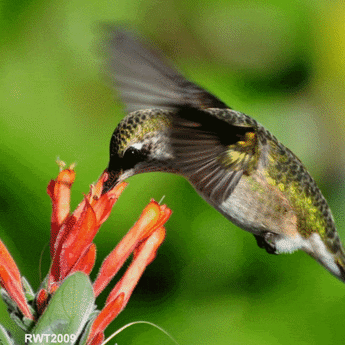
Sanom is a lifelong nature enthusiast and passionate backyard birder who has spent years observing bird behavior and building DIY birdhouses. With a deep curiosity for species like chickadees, wrens, and woodpeckers, he shares practical tips and heartfelt stories to help others attract, shelter, and appreciate the wild birds around them. Whether you’re crafting your first birdhouse or simply enjoying morning songbirds, Iftekhar’s guides on BirdHouseTales.com are designed to bring you closer to the magic of birdwatching.
